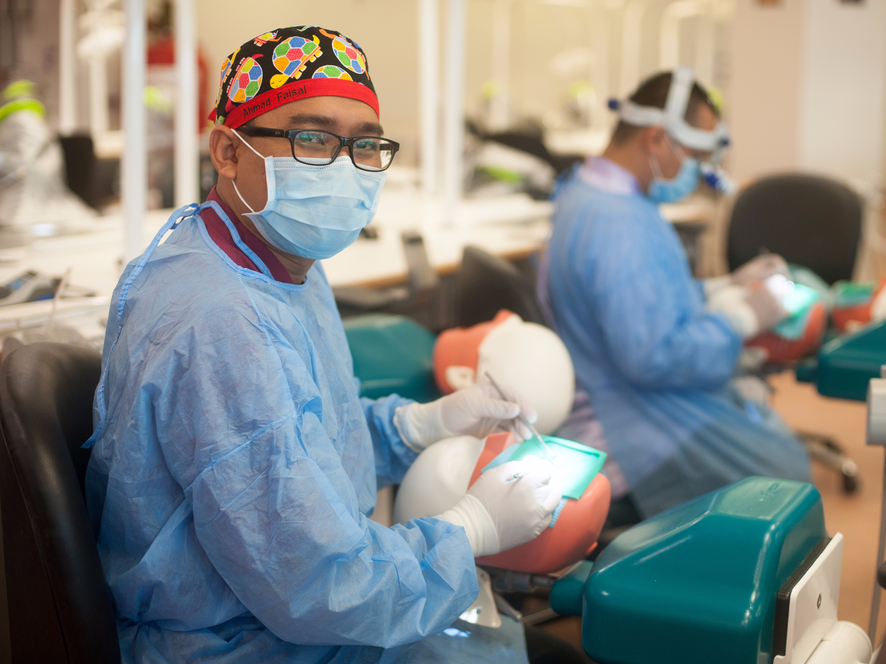Some people don’t mind feeling crowded. Others really need their personal space.
The latter group should consider avoiding jobs that require workers to get too close for comfort with other people.
We checked out the Occupational Information Network (O*NET), a US Department of Labor database that compiles detailed information on hundreds of jobs, and looked at salary data on the US Bureau of Labor Statistics’ website to find positions that place an emphasis on physical proximity.
O*NET ranks occupations based on “the extent the job requires the worker to perform job tasks in close physical proximity to other people,” assigning each a “physical proximity importance level” between 1 and 100, where a higher score indicates more physical proximity is required. It also breaks down each occupation’s projected growth from 2014 to 2024.
These jobs all require people to work in close physical proximity with others. If you crave your personal space, you should probably steer clear:
10 (tie). Respiratory therapy technician

Physical proximity importance level: 98
Median annual salary: $49,780
Respiratory therapy technicians provide respiratory care under the direction of respiratory therapists and physicians.
10 (tie). Radiation therapist

Physical proximity importance level: 98
Median annual salary: $80,160
Radiation therapists provide radiation therapy to patients as prescribed by a radiologist according to established practices and standards.
10 (tie). Prosthodontist

Physical proximity importance level: 98
Median annual salary: $126,050
Prosthodontists construct oral prostheses to replace missing teeth and other oral structures to correct natural and acquired deformation of mouth and jaws.
10 (tie). Dermatologist

Physical proximity importance level: 98
Median annual salary: $206,920
Dermatologists diagnose, treat, and help prevent diseases or other conditions of the skin.
4 (tie). Urologist

Physical proximity importance level: 99
Median annual salary: $206,920
Urologists diagnose, treat, and help prevent benign and malignant medical and surgical disorders of the genitourinary system and the renal glands.
4 (tie). Surgical technologist

Physical proximity importance level: 99
Median annual salary: $45,160
Surgical technologists assist in operations, under the supervision of surgeons, registered nurses, or other surgical personnel.
4 (tie). Skincare specialist

Physical proximity importance level: 99
Median annual salary: $30,270
Skincare specialists provide skincare treatments to face and body to enhance an individual's appearance.
4 (tie). Oral and maxillofacial surgeon

Physical proximity importance level: 99
Median annual salary: $208,000
Oral and maxillofacial surgeons perform surgery and related procedures on the hard and soft tissues of the oral and maxillofacial regions to treat diseases, injuries, or defects.
4 (tie). General dentist

Physical proximity importance level: 99
Median annual salary: $153,900
General dentists examine, diagnose, and treat diseases, injuries, and malformations of teeth and gums.
4 (tie). Dental assistant

Physical proximity importance level: 99
Median annual salary: $36,940
Dental assistants assist dentists, set up equipment, prepare patients for treatment, and keep records.
1 (tie). Sports medicine physician

Physical proximity importance level: 100
Median annual salary: $206,920
Sports medicine physicians diagnose, treat, and help prevent injuries that occur during sporting events, athletic training, and physical activities.
1 (tie). Physical therapist

Physical proximity importance level: 100
Median annual salary: $85,400
Physical therapists assess, plan, organize, and participate in rehabilitative programs that improve mobility, relieve pain, increase strength, and improve or correct disabling conditions resulting from disease or injury.
1 (tie). Dental hygienist

Physical proximity importance level: 100
Median annual salary: $72,910
Dental hygienists clean teeth and examine oral areas, head, and neck for signs of oral disease.

